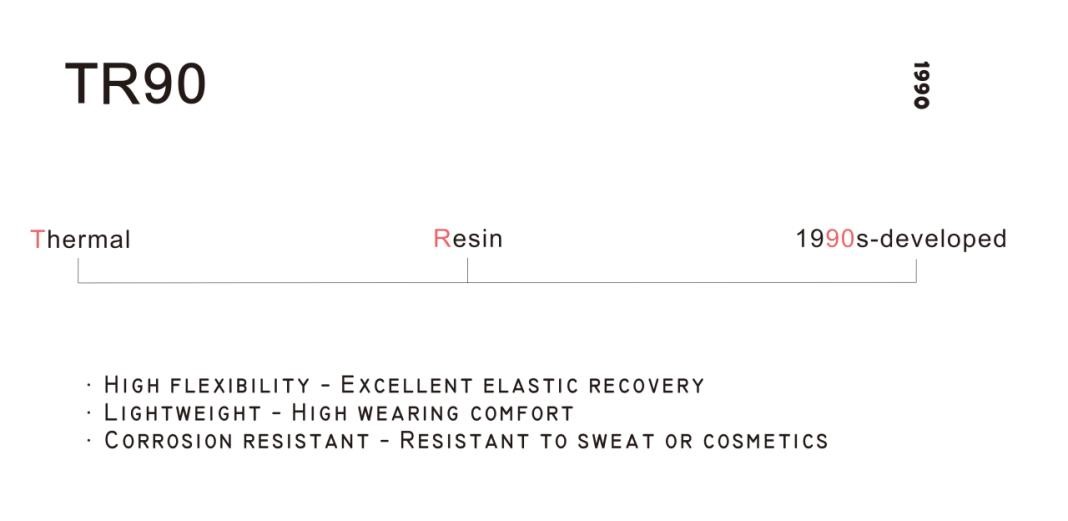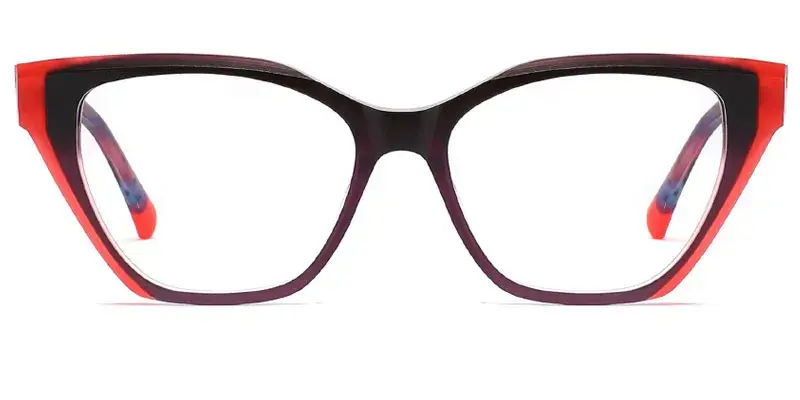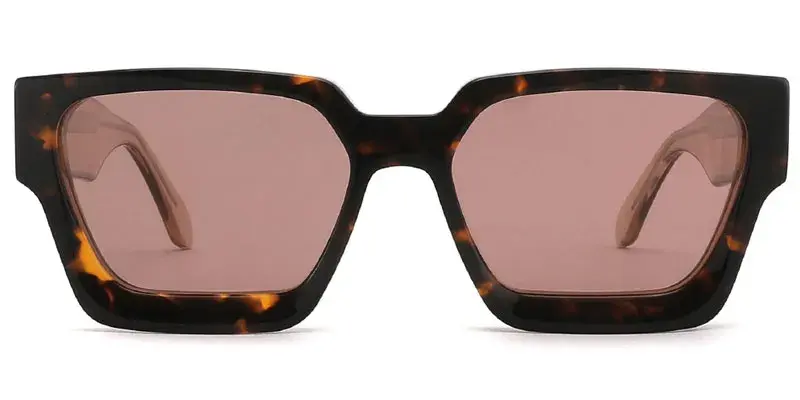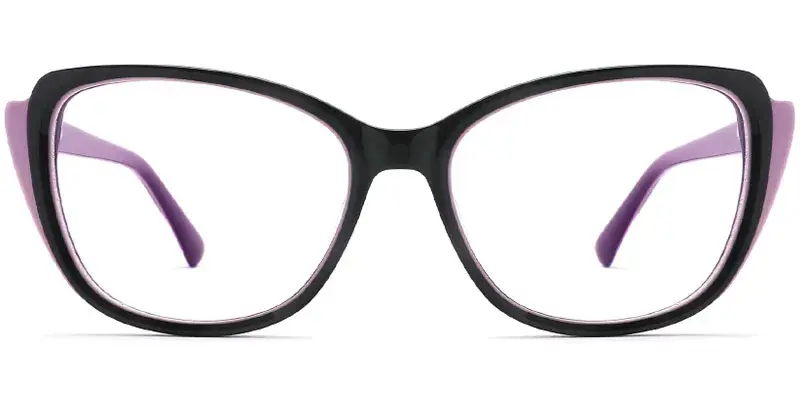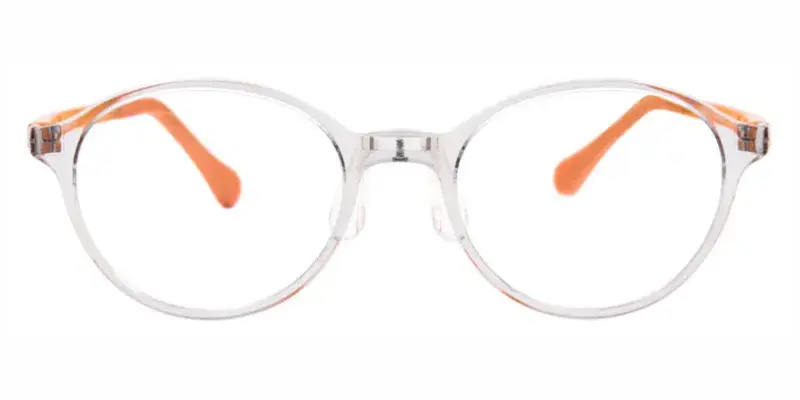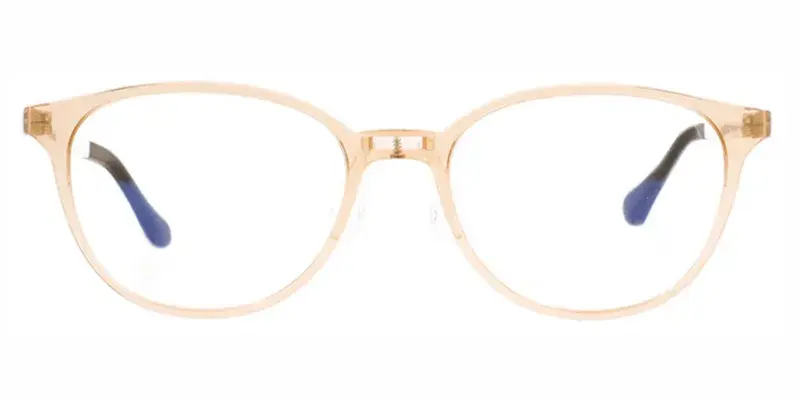Three Musketeers of Eyeglasses Materials: Analysis of the Differences between Acetate, TR90 & Ultem
In modern eyeglasses manufacturing, the choice of materials directly affects the comfort, durability and aesthetics of eyeglasses. Acetate, TR90 and Ultem are three mainstream eyeglass materials, each with unique characteristics and application scenarios. We will discuss in depth the raw material composition, physical characteristics, advantages and disadvantages, and suitable groups of these three materials to help consumers make more informed decisions when purchasing eyeglasses.

1. Acetate Eyeglasses: The fusion of classics and art
Acetate is one of the most traditional eyeglass materials, and its history dates back to the beginning of the last century. This material is mainly made of cellulose acetate. Cellulose is produced by reacting cotton lint or wood pulp with acetic acid, which is then plasticized and pressed through multiple processes. The most remarkable characteristics of Acetate eyeglasses are their heavy feeling and rich and diverse color expression.
The Acetate material has extremely high plasticity and can realize various complex carvings and pattern designs, which makes it the preferred material for many high-end designer brands. In terms of weight, Acetate eyeglasses are usually heavier, but have excellent stability and are not easy to deform. Its surface has a high gloss, and can be polished to achieve a mirror effect, or it can be matte to present a matte texture. However, Acetate eyeglasses have poor elasticity and relatively weak impact resistance, and may become embrittlement in extreme temperature environments.
From the perspective of comfort, Acetate eyeglasses may cause certain pressure on the bridge of the nose and ears due to their heavy weight. In terms of durability, Acetate eyeglasses have average scratch resistance, but they can be improved by surface coating. Acetate eyeglasses are especially suitable for consumers who pursue classic styles and focus on exterior design, especially those who like heavy, retro or artistic designs.
2. TR90 eyeglasses: innovation of lightness and flexibility
TR90 is a thermoplastic memory resin, a polymer material belonging to the nylon family. It was successfully developed by the Swiss company Invented in the 1990s, hence the name TR90 (T stands for Thermal, R stands for Resin, and 90 stands for R & D year). The biggest characteristics of this material are its ultra-light weight and excellent flexibility, and is known as "breathing eyeglasses.
The density of TR90 material is only 1.14-1.15g/cm³, which is about 30% lighter than the Acetate, which makes it almost impossible for the wearer to feel the presence of the eyeglasses. Its elastic modulus is extremely high, it can be bent to a large angle without breaking, and automatically returns to its original shape. This characteristic greatly improves the impact resistance and durability of the eyeglasses. TR90 also has excellent high temperature resistance (can withstand temperatures up to 180 °C) and chemical corrosion resistance, making it not easy to be eroded by sweat or cosmetics.
From the perspective of comfort, TR90 eyeglasses are undoubtedly the lightest of the three materials and are especially suitable for long-term wear. Its surface is smooth, has good skin affinity, and is not easy to cause allergic reactions. In terms of durability, the TR90 has excellent resistance to fall and compression, making it especially suitable for sports scenes. TR90 eyeglasses are especially suitable for children, sports enthusiasts and office workers with high requirements for comfort. They are also an ideal choice for people with high myopia and need to reduce the weight of the frame.
3. Ultem eyeglasses: the combination of strength and accuracy
Ultem, also known as PEI (Polyetherimide), is a high-performance engineering plastic originally developed by General Electric Company of the United States for use in the aerospace field. The material of plastic-steel eyeglasses is characterized by both the strength of metal and the lightness of plastic. It is a "metal substitute."
The density of Ultem is about 1.27g/cm³, which is between Ultem, Acetate and TR90. Its most prominent characteristics are its extremely high strength and rigidity, and its tensile strength can reach 105MPa, which is much higher than that of ordinary plastics. Ultem also has excellent size stability and hardly deforms under temperature changing environments. The hot deformation temperature is as high as 200℃ or more. In addition, Ultem has excellent chemical resistance and flame retardancy.
In terms of comfort, Ultem eyeglasses are much lighter than metal and slightly heavier than TR90, but they are evenly distributed and have a balanced feeling of wearing. In terms of durability, plastic steel has better scratch resistance than TR90, has extremely strong deformation resistance, and is not easy to relax after long-term use. Ultem eyeglasses are especially suitable for business people who pursue refined craftsmanship and need their eyeglasses to remain undeformed for a long time. They are also an ideal alternative for consumers who are allergic to metals but like the metallic appearance.
4. Comprehensive comparison and purchase guide for the three materials
Putting the three materials together and comparing them, in terms of weight: TR90 is the lightest (about 8-15g), Ultem is the second (about 15-25g),Acetate is the heaviest (about 20-40g). In terms of flexibility, TR90 is the best and can be bent greatly; Ultem is almost unbendable; Acetate has a certain toughness but will leave stress after bending. In terms of durability, Ultem has the strongest resistance to deformation, TR90 has the best resistance to impact, and the Acetate is relatively fragile.
From the perspective of style expression, the Ultem and Acetates are the most colorful and can achieve multi-level effects; plastic steel mostly presents a metallic texture; TR90 color is relatively simple. In terms of price, Ultem and Acetate steel has the largest price range due to complex craftsmanship, TR90 has the highest cost performance, and plastic steel is positioned at the middle and high-end.
Suggestions for different groups of people: Young people who pursue fashion can choose Acetate or TR90; sports enthusiasts prefer TR90; business people are suitable for plastic steel or high-end Acetate; children are recommended to choose TR90; people who are allergic to metal can choose Ultem or TR90.
With the development of materials technology, these three materials are also constantly evolving. More composite materials may emerge in the future, combining multiple advantages. But for now, Ultem , TR90 and Ultem have their own strengths. Consumers should choose the eyeglasses material that suits them best according to their own needs and budgets. No matter which one you choose, the right frame material can significantly improve vision correction and facial beauty.
